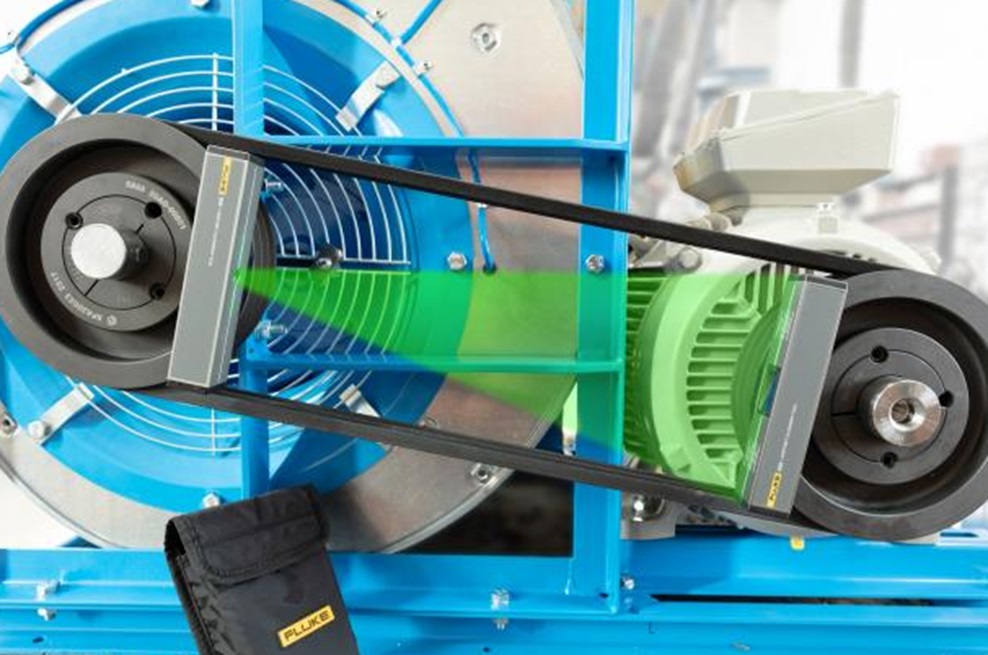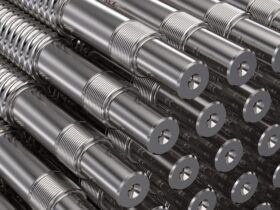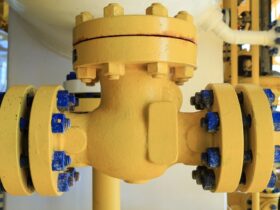In any industrial setting, safety and productivity are top priorities. One key factor that can impact both of these areas is the alignment of pulleys in machinery. Proper pulley alignment is essential for ensuring optimal performance and avoiding costly downtime and repairs. In this blog post, we’ll explore the role of pulley laser alignment in maintaining industrial safety and productivity.
What is Pulley Laser Alignment?
It is a precision alignment method that uses lasers to measure and adjust the alignment of pulleys in machinery. The process involves attaching laser sensors to each pulley and measuring the alignment between them. The lasers can detect even the slightest misalignment, which can cause issues such as belt wear, vibration, and noise.
Once the misalignment is detected, adjustments can be made to correct it. The lasers provide real-time feedback, allowing for precise adjustments to be made until the pulleys are perfectly aligned. This ensures optimal performance, increased efficiency, and reduced downtime and repairs.
Importance of Proper Pulley Alignment
Proper pulley alignment is crucial for ensuring optimal machinery performance and preventing costly downtime and repairs. Misaligned pulleys can cause a variety of issues, including excessive belt wear, increased vibration, increased noise, and reduced equipment lifespan. These issues can lead to decreased efficiency, decreased productivity, and increased maintenance and repair costs.
Additionally, misaligned pulleys can be a safety hazard. Vibrating machinery can cause bolts and other fasteners to loosen, increasing the risk of equipment failure and accidents. Proper pulley alignment can help to prevent these hazards and ensure a safe working environment.
Benefits of Pulley Laser Alignment
Pulley laser alignment provides several benefits for industrial settings. These include:
-
Increased Efficiency:
Pulley lasers can help keep machines running smoothly by providing a constant reference point. This enables engineers to monitor the machine’s performance more easily and quickly identify problems when they occur. This can be especially helpful for industrial machinery that operates 24/7, such as oil refineries or power plants.
-
Reduced Downtime:
Pulley lasers can also prevent downtime by allowing workers to make adjustments without having to shut down the machine completely. This saves both time and money because it allows employees to make repairs without stopping production during off hours or over weekends.
-
Improved Safety:
Proper pulley alignment can help to prevent accidents caused by vibrating machinery, reducing the risk of injury or property damage.
-
Increased Equipment Lifespan:
Misaligned pulleys can cause excessive wear on equipment, leading to premature failure and replacement costs. Proper pulley alignment can help to extend equipment lifespan and reduce replacement costs.
-
Cost Savings:
Using pulley lasers instead of traditional mechanical levelers can save companies thousands of dollars each year on maintenance costs alone. These savings may not seem significant at first glance, but they add up over time and help keep businesses profitable even during recessions when profits are low and budgets are tight.
Best Practices for Pulley Laser Alignment:
To ensure the best results from pulley laser alignment, it’s important to follow best practices. These include:
-
Regular Maintenance:
Regular maintenance is essential for identifying and correcting misaligned pulleys before they cause issues. It’s important to schedule regular pulley alignment checks as part of your maintenance program.
-
Proper Equipment:
To ensure accurate measurements and adjustments, it’s important to use high-quality laser alignment equipment.
-
Trained Technicians:
Proper pulley alignment requires specialized training and expertise. It’s important to work with trained technicians who are experienced in pulley laser alignment.
-
Real-Time Feedback:
Laser alignment provides real-time feedback, allowing for precise adjustments to be made until the pulleys are perfectly aligned. It’s important to use equipment that provides accurate and reliable feedback.
Conclusion
In conclusion, pulley laser alignment plays a critical role in maintaining industrial safety and productivity. Proper pulley alignment can help to prevent equipment failure, reduce downtime, improve efficiency, extend equipment lifespan, and reduce costs. By following best practices and working with trained technicians, industrial businesses can ensure optimal pulley alignment and reap the benefits of this important process.










